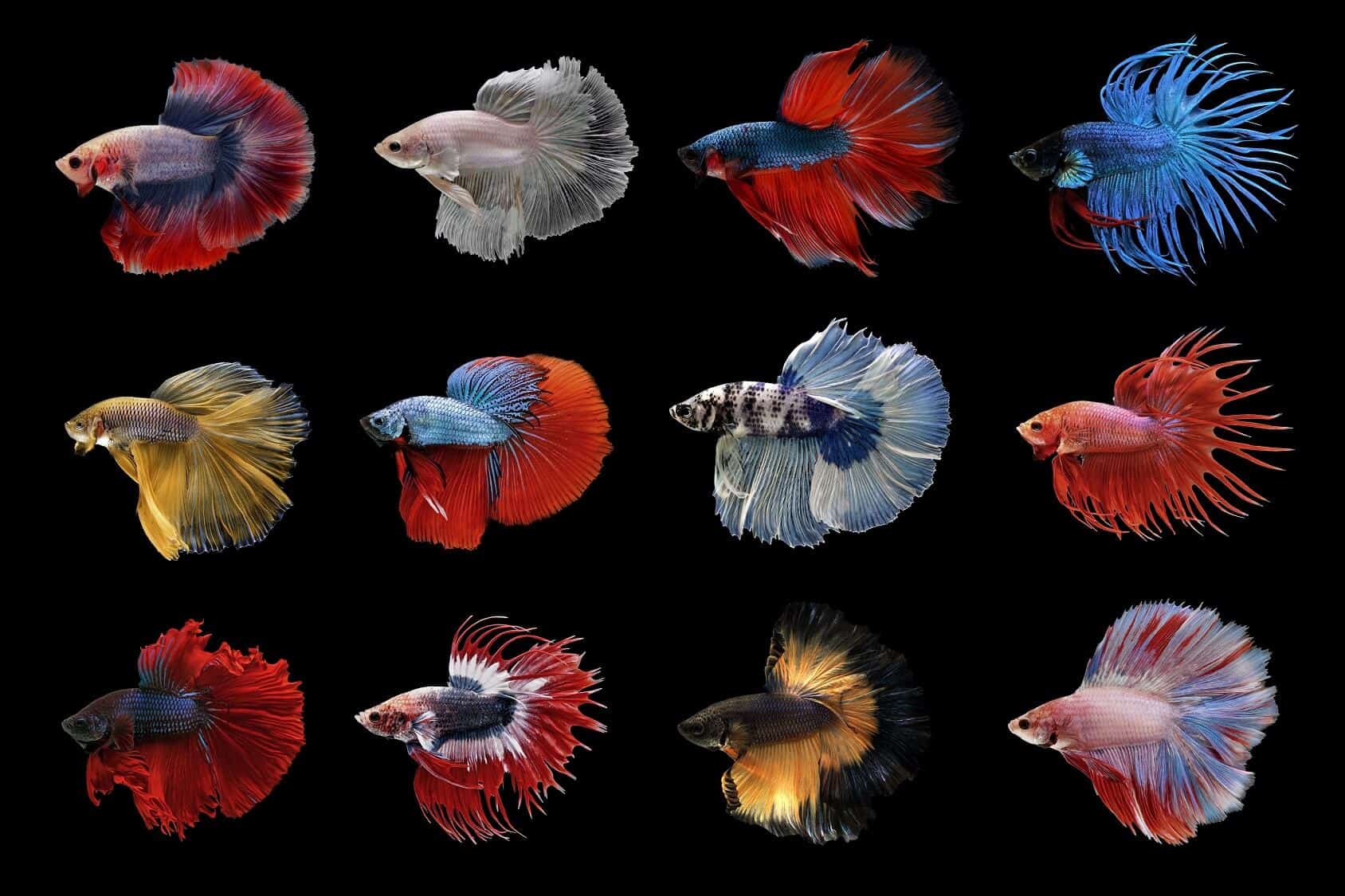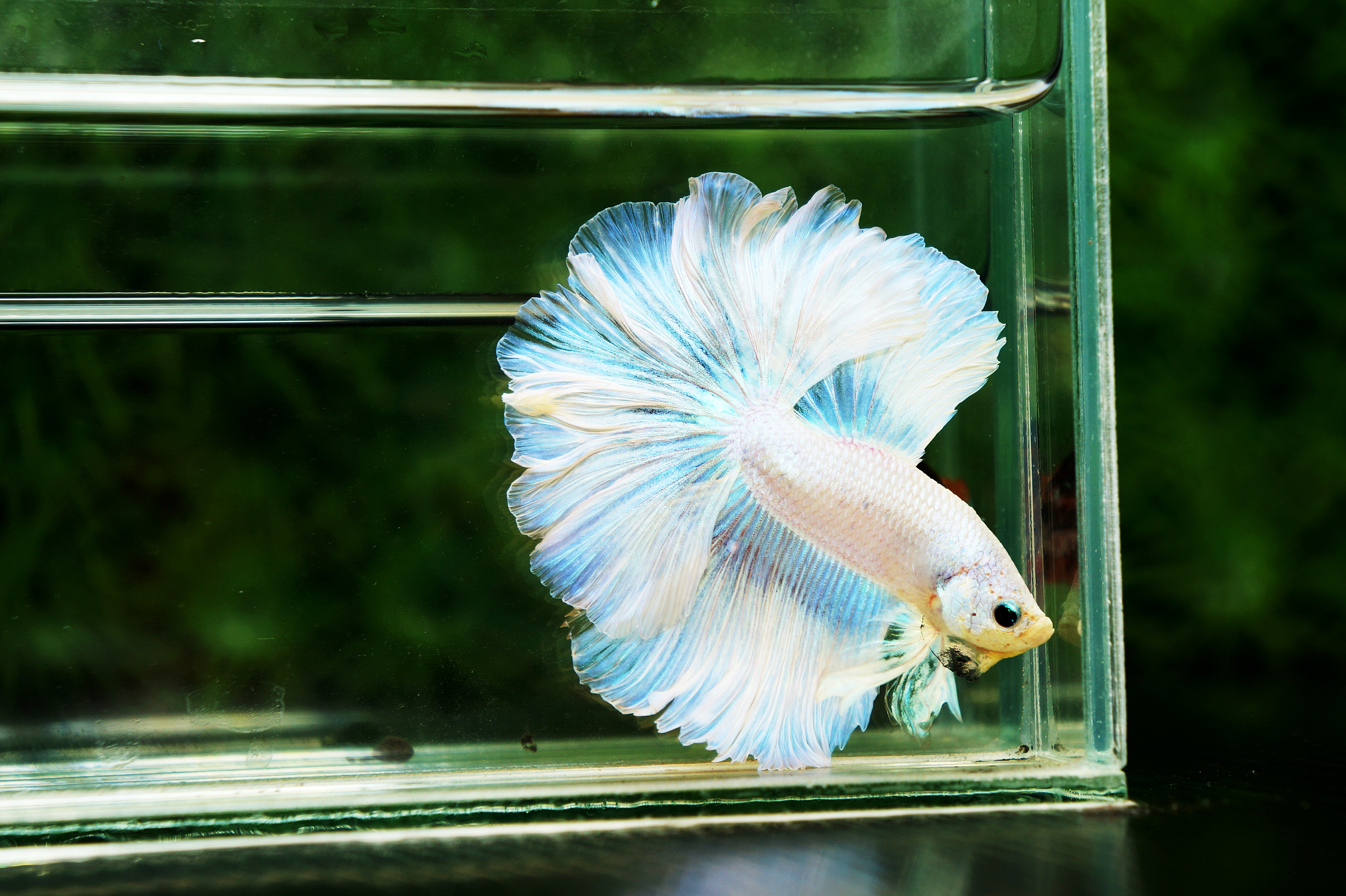

Wild betta fish look much different than the store-bought ones we are used to seeing in fish tanks.

What do betta fish look like in the wild? Within each layer are different dominant and recessive genes that determine the expressed colors your betta fish will have.įor a deeper understanding of betta fish pigmentation and genetics, check out our betta fish color guide here. The range of colors you see on your betta fish is the result of four different layers, the yellow layer (bottom layer), black layer, red layer, and iridescent layer (top layer). Betta fish breeding has become a contest of beauty and elegance, sometimes at the expense of the overall health of the fish. How betta fish came to have their colors today can be answered with several hundred years of selective breeding. Keep reading to find out the simplest ways to tell betta fish colors and patterns apart, how bettas came to have these colors, and which color variations of bettas are considered the rarest and most valuable. Most hobbyists don’t question the beautiful and vibrant colors of their fish, but if you’re left wondering how they came to be, then the abundance of information can be quite overwhelming that’s why we’re breaking it down for you. There is a lot of science that goes into breeding betta fish, specifically genetics. But what causes these patterns and how have they changed from their wild ancestors?

Betta fish are some of the most colorful and unique fish available in the freshwater aquarium hobby.


 0 kommentar(er)
0 kommentar(er)
